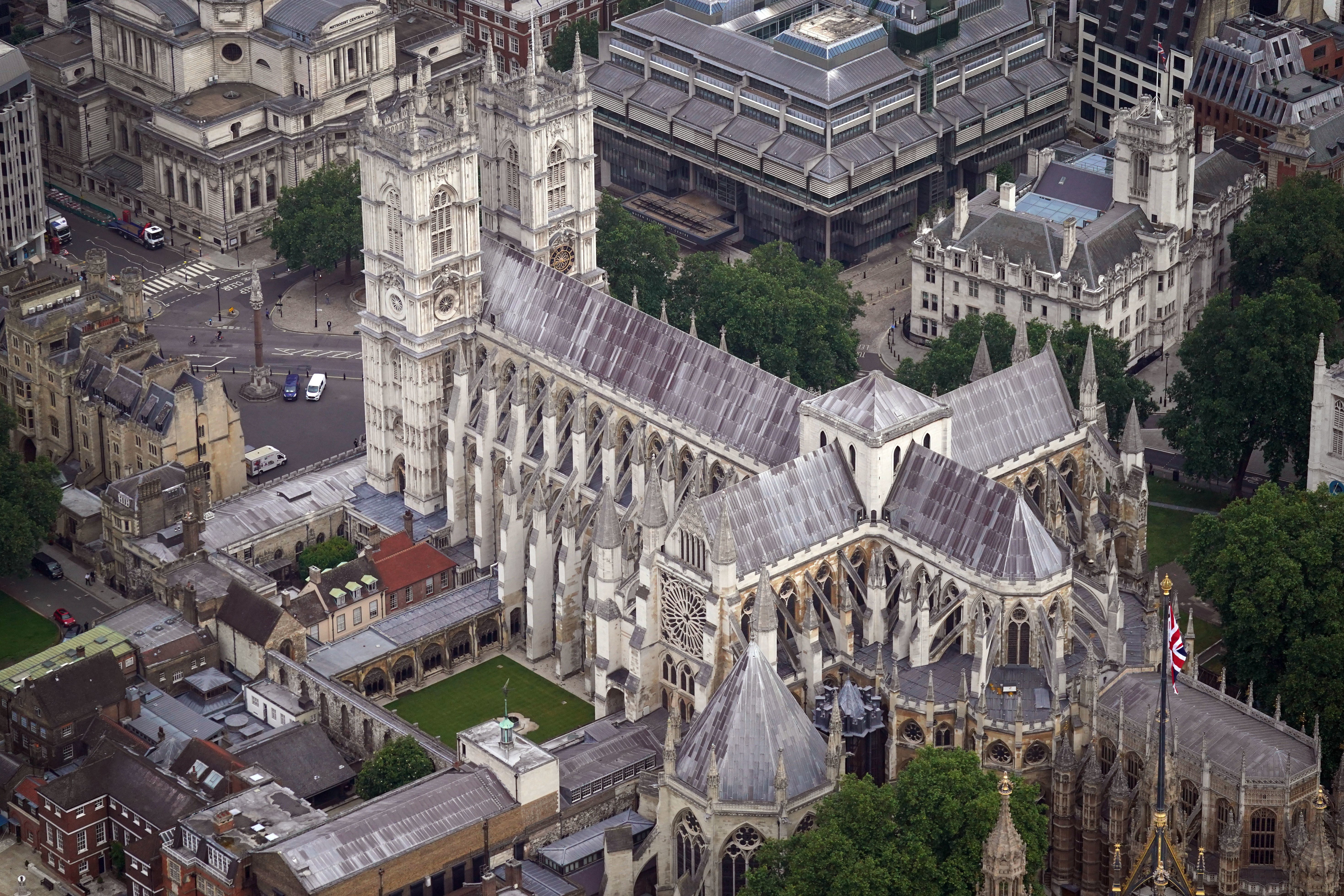Westminster Abbey: The site of the Queen’s funeral and where she was crowned
The late Queen’s most defining milestones took place at the Abbey, both in terms of her personal happiness and her public duty.

Your support helps us to tell the story
From reproductive rights to climate change to Big Tech, The Independent is on the ground when the story is developing. Whether it's investigating the financials of Elon Musk's pro-Trump PAC or producing our latest documentary, 'The A Word', which shines a light on the American women fighting for reproductive rights, we know how important it is to parse out the facts from the messaging.
At such a critical moment in US history, we need reporters on the ground. Your donation allows us to keep sending journalists to speak to both sides of the story.
The Independent is trusted by Americans across the entire political spectrum. And unlike many other quality news outlets, we choose not to lock Americans out of our reporting and analysis with paywalls. We believe quality journalism should be available to everyone, paid for by those who can afford it.
Your support makes all the difference.The Queen’s funeral is to take place at Westminster Abbey – the site where she was both married and crowned.
It will be the first time in more than 260 years that a sovereign’s funeral has taken place in the Abbey, the last being George II’s in 1760.
The coffin will be taken in a grand military procession from the Palace of Westminster to the Abbey for the service at 11am on Monday.
Two thousand guests are expected to attend the funeral, which will be conducted by the Dean of Westminster, with the sermon given by the Archbishop of Canterbury.
Lessons will be read by the Prime Minister and the Secretary General of the Commonwealth, while the Archbishop of York, the Cardinal Archbishop of Westminster, the Moderator of the General Assembly of the Church of Scotland and the Free Churches Moderator will say prayers.
The Last Post will sound at the end of the service, followed by two minutes of silence.
The late Queen’s most defining milestones took place at the Abbey, both in terms of her personal happiness and her public duty.
Princess Elizabeth was 21 when, on Thursday November 20 1947, she married her prince in the surrounds of the central London church.
It was a morale booster in tough post-war years and millions of people listened on the radio.
Just five years after she married, the princess became Queen Elizabeth II on the death of her father, George VI.
Some 16 months later, on June 2 1953, she was crowned at the Abbey – the scene of coronations for some 900 years.
During the service, the Queen took the oath and was anointed, with the St Edward’s Crown placed on her head.
An estimated 27 million people in Britain watched the ceremony on TV after the Queen agreed it could be televised.
The Abbey was also the site of romantic royal celebrations for the Queen.
Her daughter, Princess Anne married Captain Mark Phillips in the church in 1973, while her second son, the Duke of York, wed Sarah Ferguson in 1986.
In 2011, her grandson, the Duke of Cambridge – now the Prince of Wales, exchanged vows with Kate Middleton as millions watched across the globe.
The Queen has also attended thanksgivings or commemorative events such as a service to mark the 60th anniversary of the Duke of Edinburgh’s Award scheme in 2016 at the Abbey.
The church was also a reminder of the loss of her mother, Queen Elizabeth the Queen Mother, and former daughter-in-law, Diana, Princess of Wales.
The Queen Mother’s funeral was held at the Abbey in 2002, five years after Diana’s.
The gothic church – whose official title is the Collegiate Church of St Peter, Westminster – has been the coronation church since 1066.
The Queen’s ceremony was the 38th at the venue.
It is also the final resting place of 17 monarchs, including Charles II and Elizabeth I.
Steeped in more than 1,000 years of history, Benedictine monks first went to the site in the middle of the 10th century.
The present church, started by Henry III in 1245, is one of the most important gothic buildings in the country, with the medieval shrine of Anglo-Saxon saint Edward the Confessor still at its heart.
Elizabeth II maintained a close connection with the Abbey, which is a Royal Peculiar and subject only to the sovereign and not any archbishop or bishop.